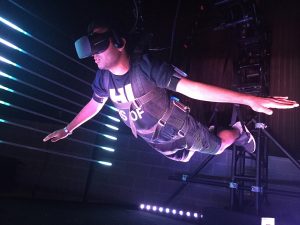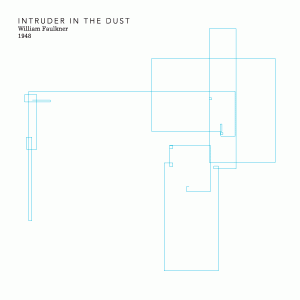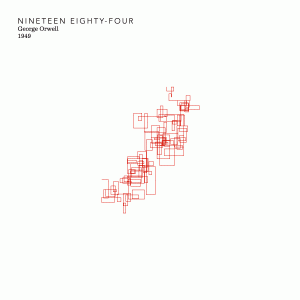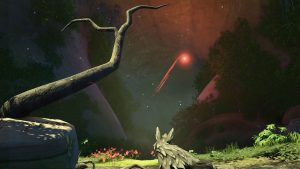For years, I’ve been a fan of the ballroom scene and the Be Our Guest number in Disney’s Beauty and the Beast. As a potential Animation and Special Effects minor and a 2D artist, I’ve marveled at Pixar’s ability to combine both traditional animation and computer animation. Though the projects are somewhat dated and technology has improved since then, the four years of intense work that 600 animators poured into a single film astounds me.
Beauty and the Beast was made using the software, Computer Animation Production System (CAPS), that was created by Pixar specifically for Disney. Beauty and the Beast was actually the first Disney film that utilized computer animation. Though the filmmakers had originally been against computer animation, the backgrounds that they were able to achieve through CGI eventually won them over.
Clearly Disney and companies like Pixar use computer animation today. Films like Tangled and Frozen would not have been made without Beauty and the Beast paving the way. As a 2D artist who tends to cling to the past, Beauty and the Beast has always been a reminder of a way to bridge tradition with innovation.
Disney Films Beauty and the Beast
Link to the Video:
https://www.youtube.com/watch?v=9qtTPTxvoPA
Research Information:
http://www.digitalmediafx.com/Beauty/Features/originalbeauty.html
Image:
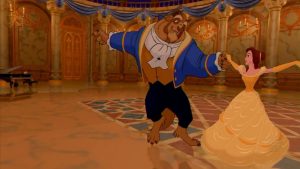
![[OLD – FALL 2016] 15-104 • COMPUTING for CREATIVE PRACTICE](https://courses.ideate.cmu.edu/15-104/f2016/wp-content/uploads/2020/08/stop-banner.png)
